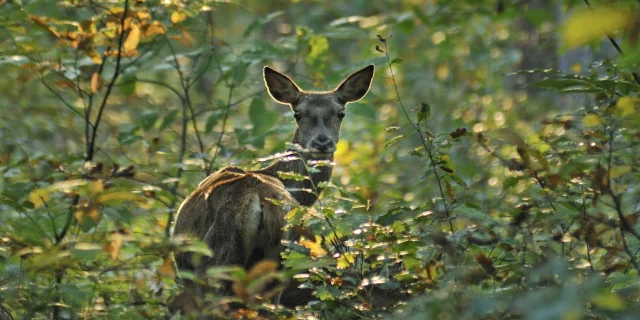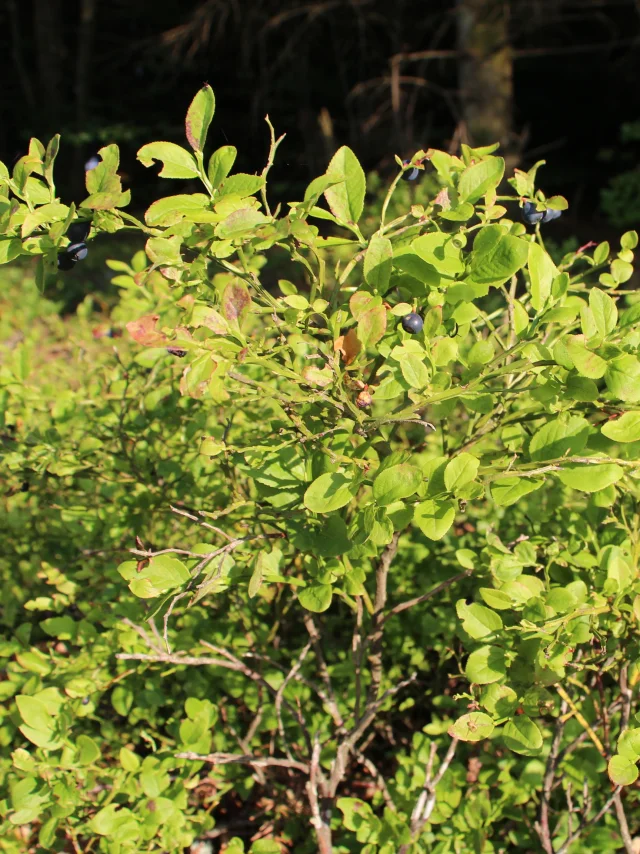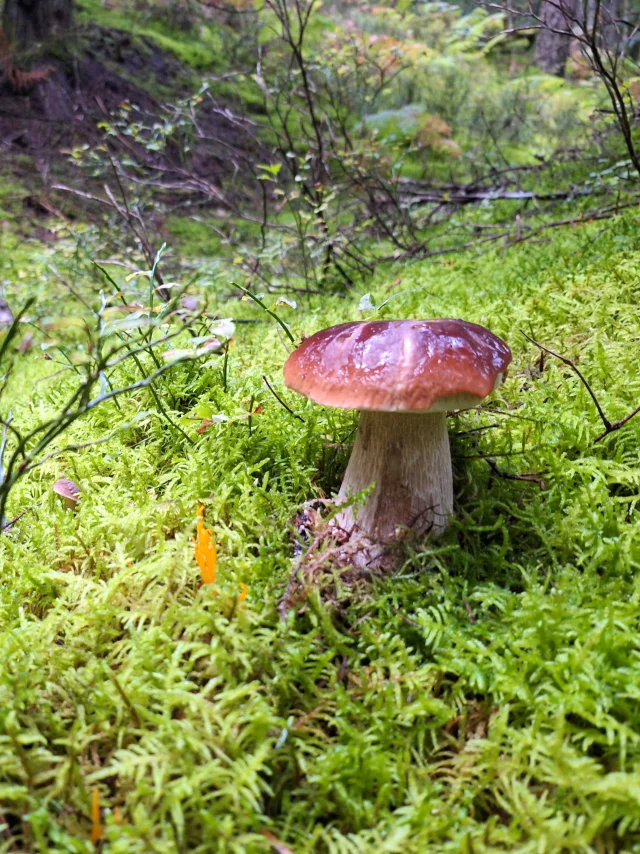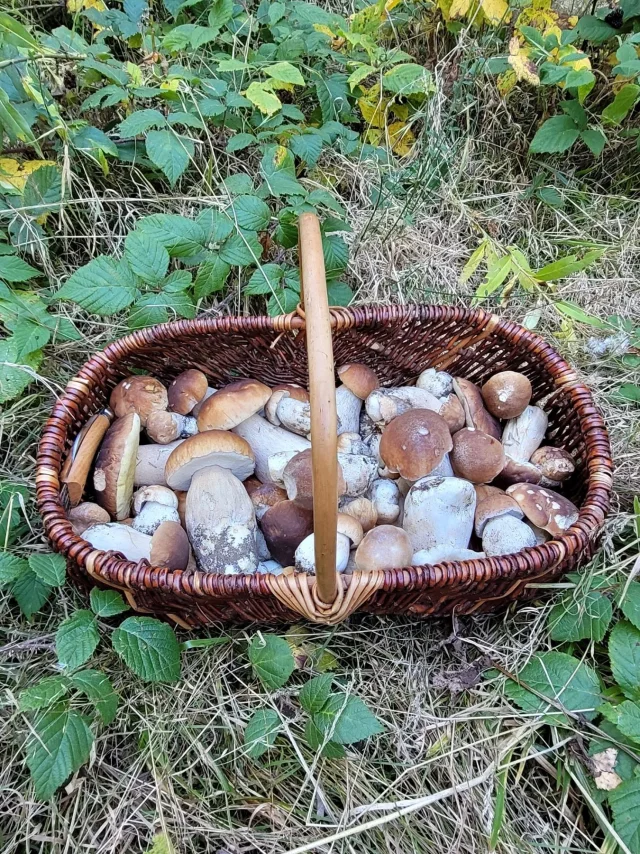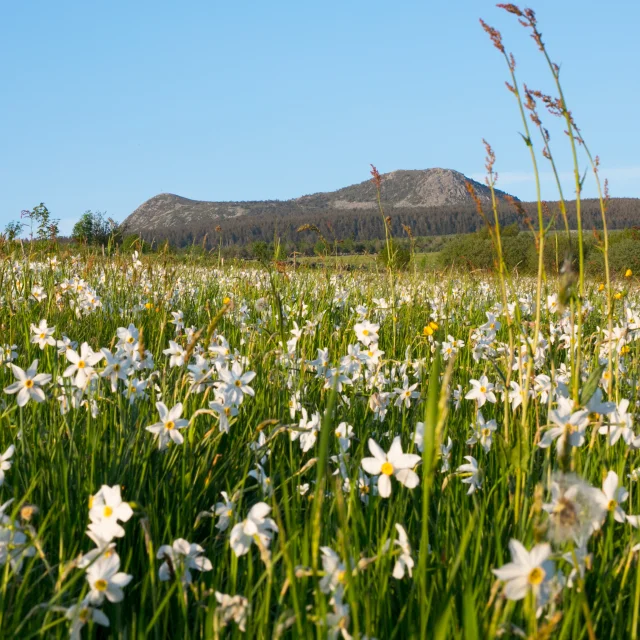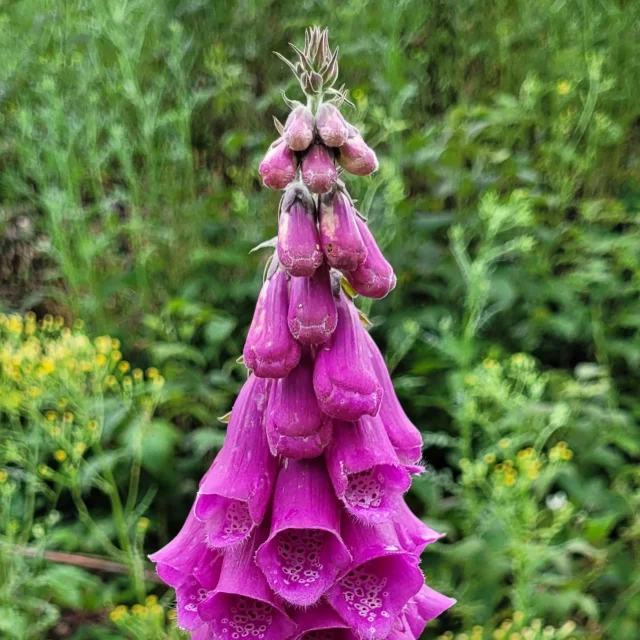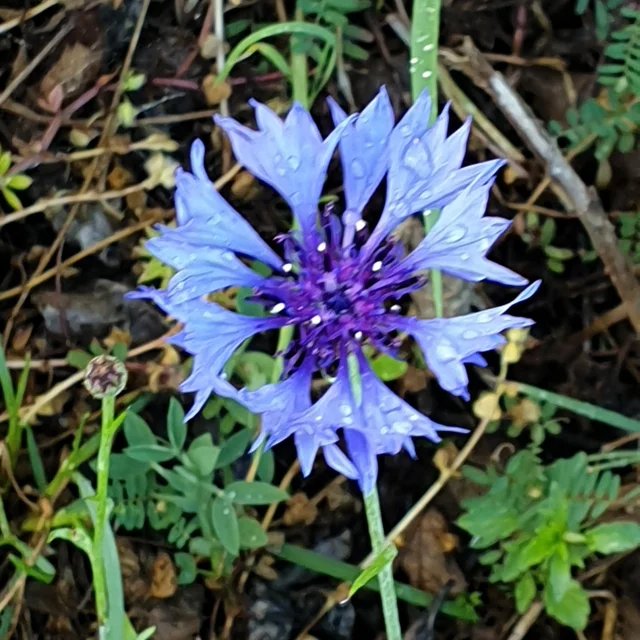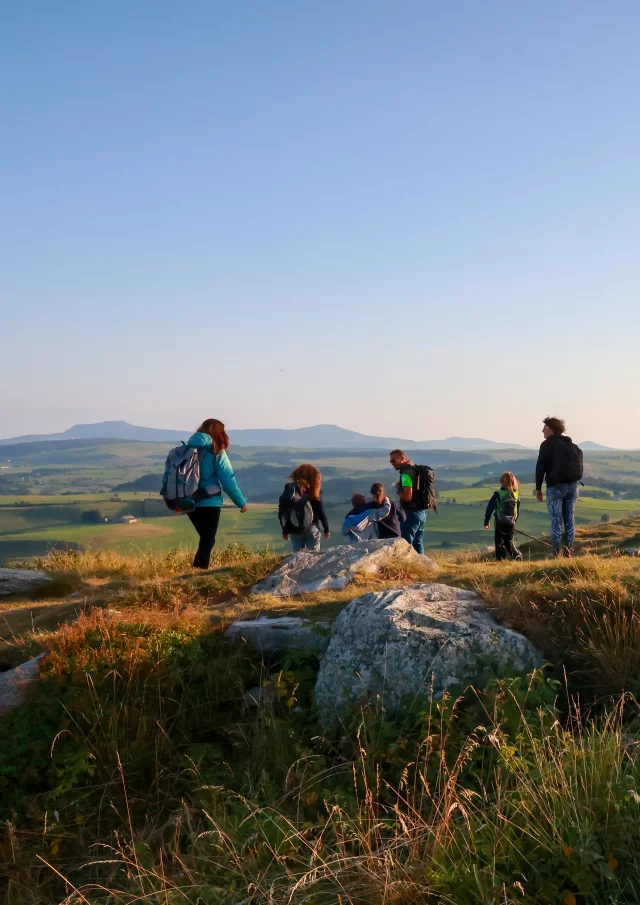Winter is slowly fading away, and as soon as the first sunny days arrive, the Tourist Office switchboard is full of enquiries to see if the first flowers are appearing. As you may have guessed, the stars of spring are the wild daffodils!
They bloom in meadows, meadows and undergrowth, their trumpet shape and yellow collar attracting the attention of nature lovers. So much so, in fact, that some people feel the need to multiply their bouquets to embellish their interiors. It’s a bit like a religion: you leave the city, put on your boots and sneakers and set off in search of these little gems that brighten up the months of March and April.
Since last year, there’s even been a trail named after them. The Daffodil Trail takes you from the village of Tence along the wild trails of the Haut-Lignon through the flowers.
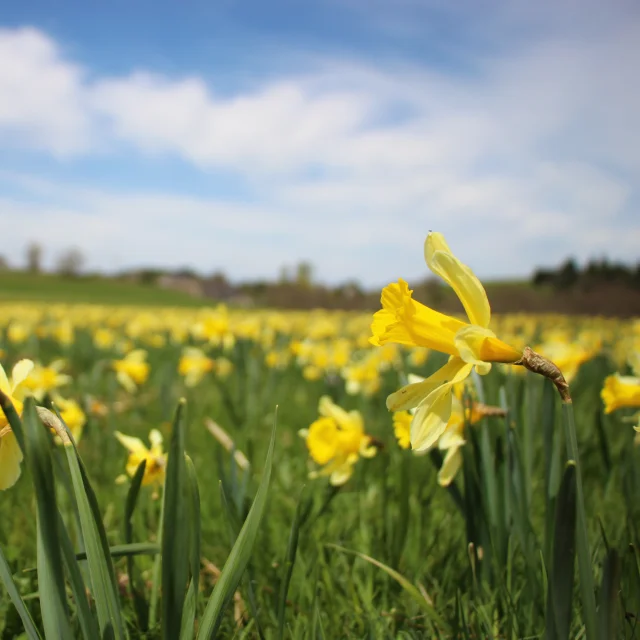 Fields of daffodils in Tence
Fields of daffodils in Tence 